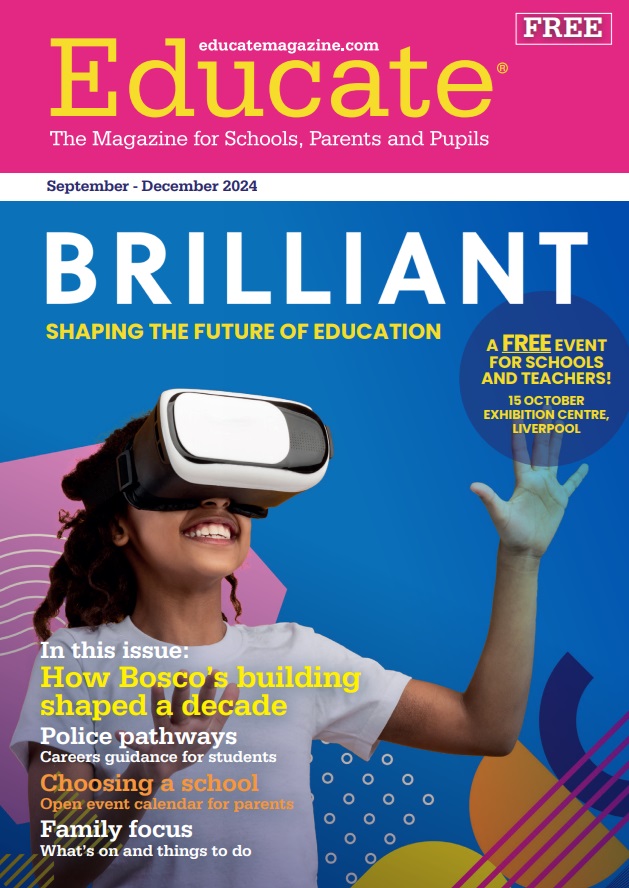How the Online Learning Environment Affected Students

Traditional education leaped into the future and became the norm for most of 2020. Students and teachers were expected to adapt overnight. They were virtually plunged into the deep end with remote learning. A year has passed since the start of the pandemic and the question on everyone’s lips is: how does the online learning environment affect academic performance? Let’s find out.
Greater attention span
Believe it or not, the online learning environment actually improved students’ attention. Nowadays, kids are glued to their screens. It has become more engaging to learn and absorb information.
Several online learning platforms have options to share interactive educational games to engage students. This made learning more fun and exciting — who doesn’t like to play games? These resources enhanced subject content and provided innovative ways of tracking students’ progress.
More interaction
Some students find it difficult to engage in the classroom. Online learning made this easier for those with social anxiety to interact. Many liked using the “hands up” feature to ask questions, giving them more confidence.
Indeed, the online learning environment promotes a more positive space. It removes the potential for bullying or name-calling. The virtual classroom allows students to share their answers more freely.
Wider education gap
One of the major issues to grapple with is that the online learning environment is not tailored to suit everyone. Many students from disadvantaged communities didn’t have access to the necessary technology. A report from Ofsted revealed that these individuals are now falling behind their age-related expectations.
SEN pupils also found it difficult to concentrate. These individuals require 1:1 assistance and support from a professional. Alternatively, pioneers like Tutor House aim to close this education gap. They specialise in accessible and affordable tuition for students of all levels and ages.
Boost in grades
While some students might be falling behind, data suggests that other students excelled in the online learning environment. Students were regularly assessed with “low-stakes testing” like quizzes and polls. Test scores steadily increased, showing a synchronisation between online teaching and learning.
The Ofsted report also found that parents and teachers were impressed with pupils’ performance. Teachers also noticed that children were learning from their incorrect answers quicker when re-tested later on.
Greater career progression
The online learning environment helps students to practise their IT skills. This looks greater on their applications for universities and jobs, as it means they’re more digitally adept.
As we move into a more virtual world, these skills are incredibly important for careers. Now that students have been practising from an earlier age, this will enhance their proficiency.
So the jump-start into virtual learning has opened many doors for them.
Poor work-life balance
One of the main downfalls to consider is leisure time. With both school and social interaction online, this meant students were less likely to go outside. Young children especially like going to school, as they get to see their friends and socialise face-to-face. This balance also boosts concentration and learning.
The lines are also blurred with home learning. This makes it harder to concentrate when work and play exist in the same four walls. Some students found the online learning environment distracting and boring. Over time, it may affect their academic performance and their social wellbeing.
In a nutshell…
Generally, the mass rush into virtual learning was unproductive. Despite this, it doesn’t mean the online learning environment was a wholly bad experience. It became easier through trial and error, overall improving students’ academic performance and wellbeing.
However, if your child does need more support, it’s worth looking into some catch-up programmes. These established online tutoring platforms give students the confidence they need to get back on track. It’s safe to assume that online learning will become more popular now that we’ve had a taste of it. Hopefully schools, students and parents will be better prepared!
Sponsored content
Written by Naida Allen
Naida is a witty wordsmith with a love for writing and reading. She is a content writer and social media executive at Tutor House — the top UK provider of online and in-person tuition. She specialises in topics relating to mental and physical wellbeing and career advice.
References
“Remote Education Research”, Ofsted, February 2021




